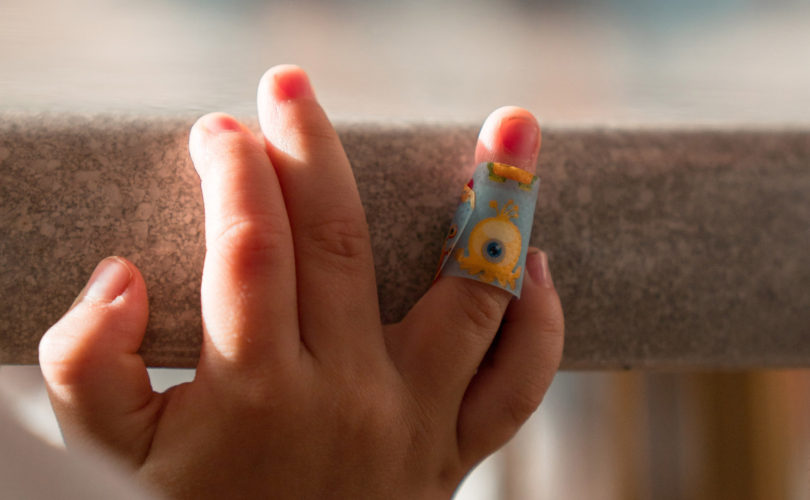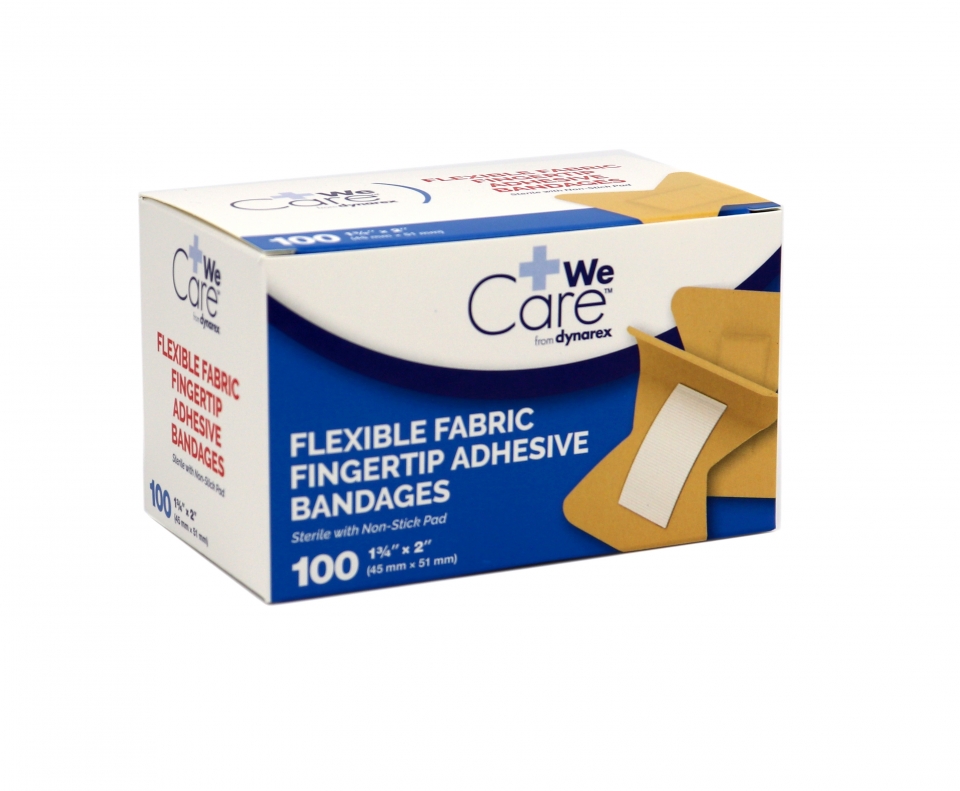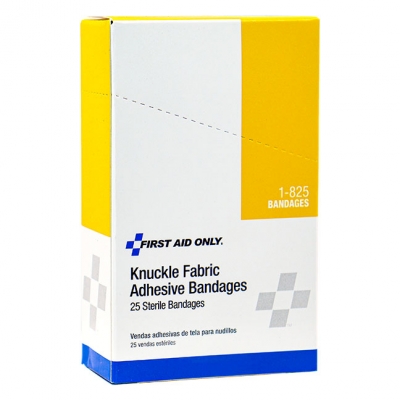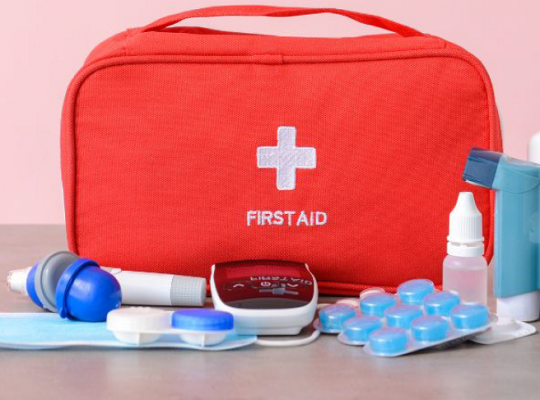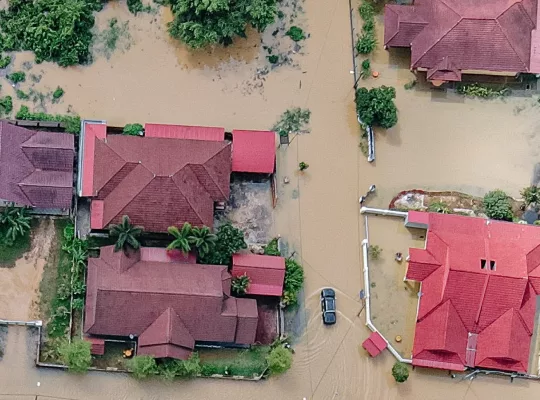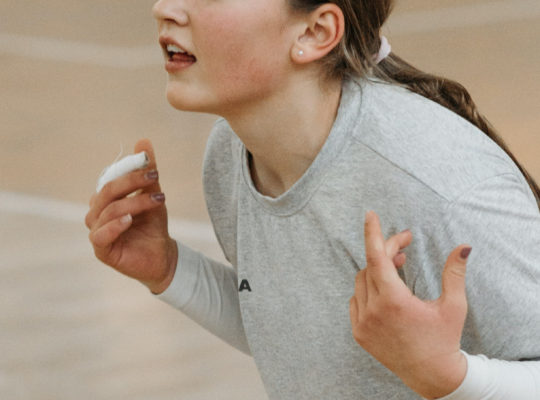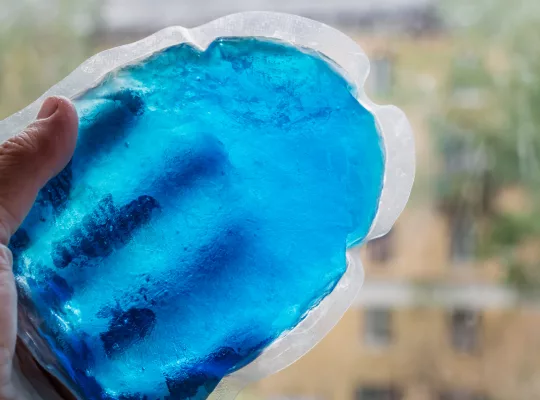What Are Bandages?
Bandages are strips of fabric that bind parts of the body or secure dressings to wounds and can be both adhesive or non-adhesive. Bandages come in a variety of sizes and shapes to address specific injuries.
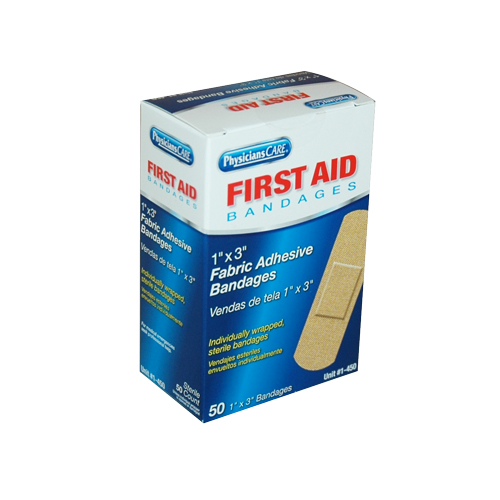
Strip Bandage
These are the most common type of adhesive bandage. They come in a variety of sizes but are for smaller or less significant injuries.
Butterfly Bandages
Butterfly bandages are a type of wound closure, designed to hold two sides of a wound together like stitches to promote healing. They are not a substitute for stitches however, and are designed for minor wounds.
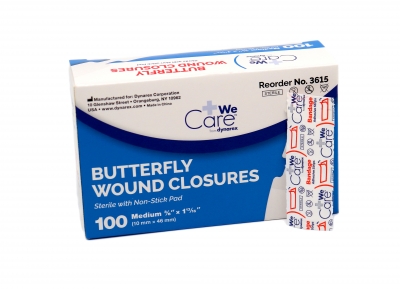
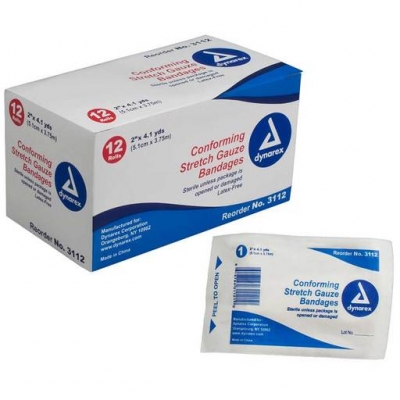
Gauze Rolls
Gauze rolls are a non-adhesive bandage that provide a comfortable barrier around a wound. These can be used as both bandages and dressings. They are most effective for large burns and large but not serious wounds.
Elastic Bandages
Elastic bandages are non-adhesive and designed to support sprains, strained muscles, and wounds that require pressure. The elastic allows for consistent pressure without having to use a set of hands to apply the pressure
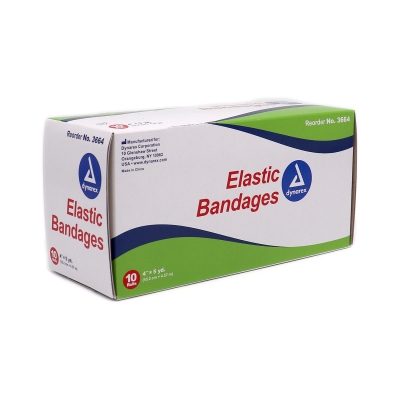
How to Dress a Wound
Caring for wounds is the most important part of first aid. Properly dressing and cleaning a wound is paramount for preventing infection and promoting healing.
- Gauge the Bleeding
- A little bleeding is ok. If the wound is bleeding slowly, or only bleeds when you squeeze the area around the wound, it is nothing to worry about. Simply wash and dress the wound with an appropriately sized bandage.
- If the wound is large, or excessive bleeding occurs, then it should be addressed by a medical professional. Take some gauze or other form of absorbent dressing to absorb some of the blood and wipe the area around the wound with an antiseptic wipe. Then grab some fresh gauze and use it to apply pressure and call 911.
- Clean the Wound
- For non-serious wounds rinse the wound with running water. Then use soap to clean the skin around the wound. It is ok if soap gets in the wound, it might just hurt and cause slight irritation. Rinse thoroughly to make sure all dirt and soap are out of the wound.
- Dress the Wound
- Small breaks in the skin such as papercuts or scratches do not need to be dressed but should be washed regularly. If the wound is on a high-contact area, covering it with an adhesive bandage will help reduce irritation.
- For small wounds that are not bleeding much, adhesive bandages are all you need. If you suffer a small wound that is bleeding a lot, for instance, slicing the edge or tip of your finger with a kitchen knife. That will likely cause too much bleeding for a regular bandage, and you will have to use gauze and pressure. If the wound doesn’t stop bleeding after 10 minutes of applying pressure, see a doctor, as you may need stitches.
- When covering a wound, there should be a comfortable amount of pressure. Pressure helps slow bleeding by compressing the blood vessels. Too much pressure may cut off circulation and cause additional issues.

